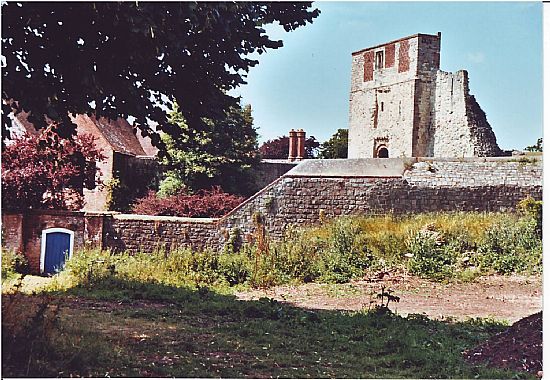
The building of Farnham Castle in the early 12th Century established Farnham as an important residence of the Bishop of Winchester, a powerful figure in medieval Britain. During the English Civil War, the castle was occupied by Parliamentary forces opposed to King Charles I. The troops were billeted in the park where the football pitches are today. Royalist troops attempted to re-capture the castle from their encampments on the heathland above the park. On November 28th 1643 a Royalist army of 8000 soldiers assembled to attack the Parliamentary army under cover of mist. However the defenders were alerted by the noise of troop movements and used cannon to disperse the attackers. The Royalists retreated after a series of cavalry skirmishes in which the Parliamentary cavalry clashed with the Royalist foot soldiers.
After the Civil War the castle and park lay in ruins. With the restoration of the monarchy in 1660 the bishops returned to Farnham. Bishop Morley sold the Old Park to pay for repairs to the Castle. He also repaired fences and re-introduced deer most of whom were killed in the Civil War.
The park was sold to the town of Farnham in 1930. During the war years the park was ploughed up to be used for growing crops. At the same time, artists designing camouflage were based in Farnham Castle. The Park is managed by Waverley Borough Council and the ruins of the Castle, now an ancient monument, are open to the public.

